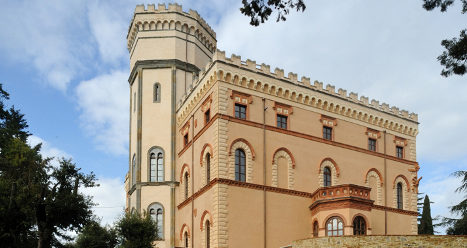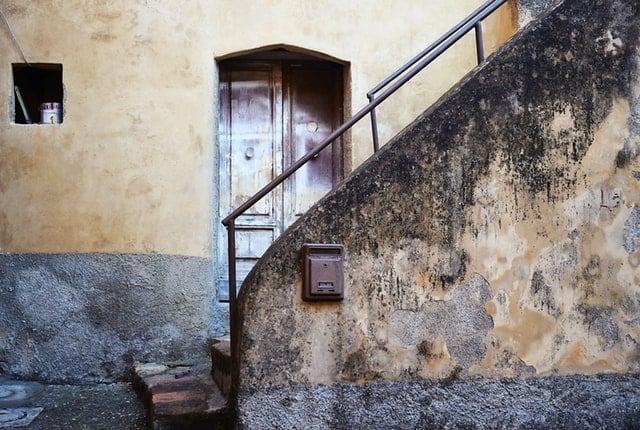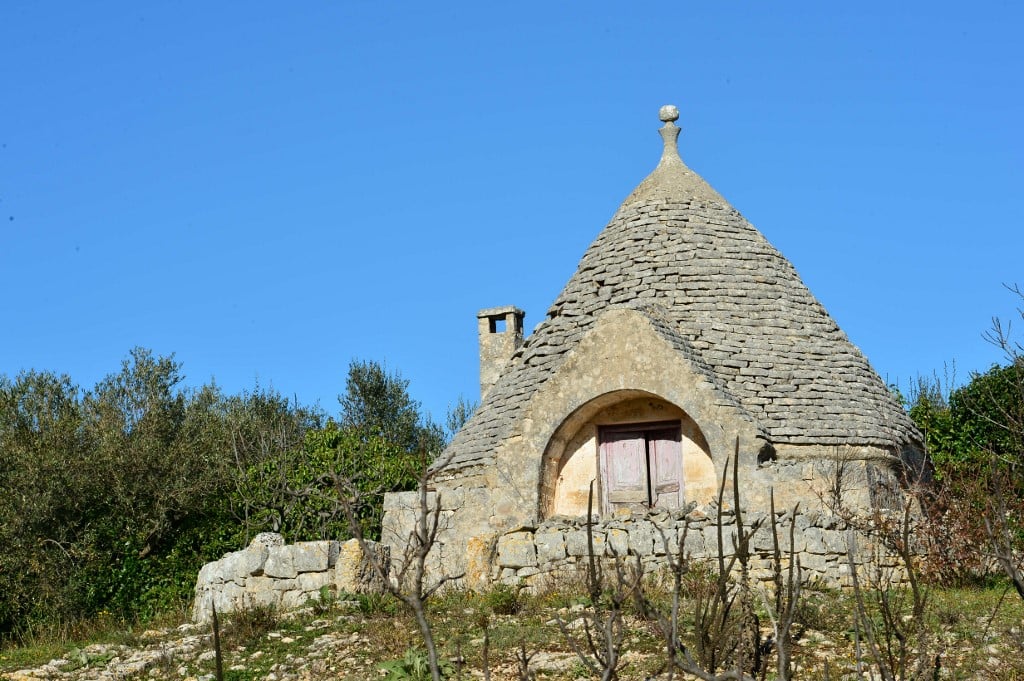On the market for €7.4 million, Castello Gallenga, in Loc Mandoleto, doesn’t exactly come cheap, but if you’re in the area it might be worth a sneak peek, if only to imagine how the glitterati of Perugia lived in the late 19th century.
Property agents Knight Frank say the castle was bought in 1872 by Romeo Gallenga and his wife, an English noblewoman called Mary Montgomery Stuart.
The couple transformed it into the neo-gothic castle it is today. Biscarini, a noted architect of the time, is said to have hired the most famous local artists who worked on the property for 20 years.
IN PICTURES: The Local’s Property of the Week
With perfectly maintained original features, the property is spread across five floors. There are also five reception rooms, a library, stables and outbuildings, along with a terrace in the octagonal tower, which comes with stunning views over Perugia and Mounts Subasio and Assisi.
For more details and to contact an agent at Knight Frank, click here.
Don't miss a story about Italy – Join us on Facebook and Twitter.




 Please whitelist us to continue reading.
Please whitelist us to continue reading.
Member comments